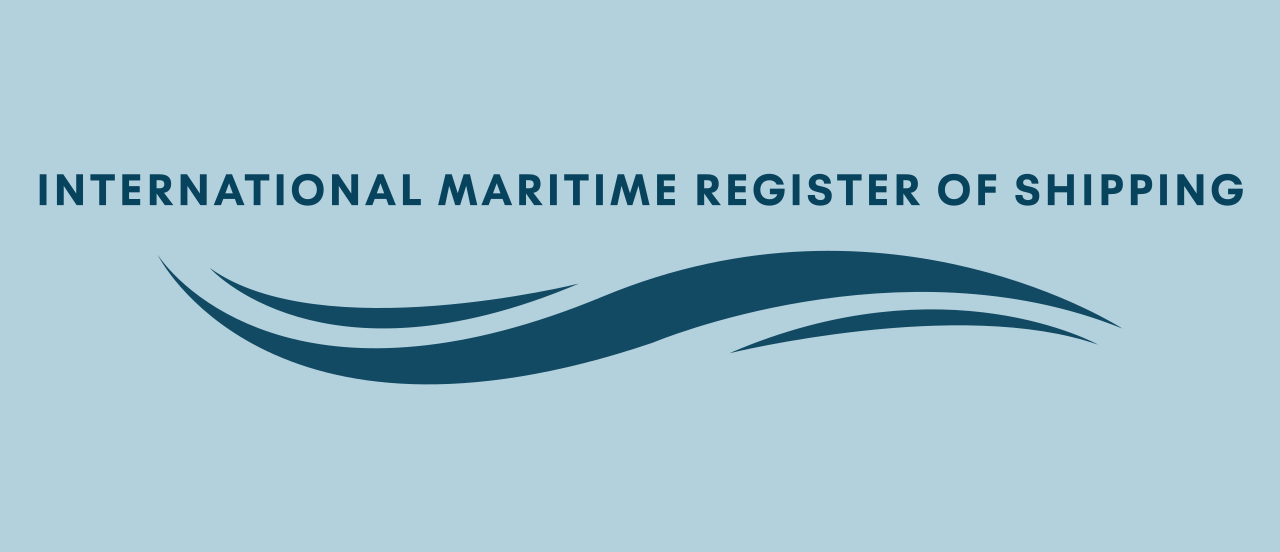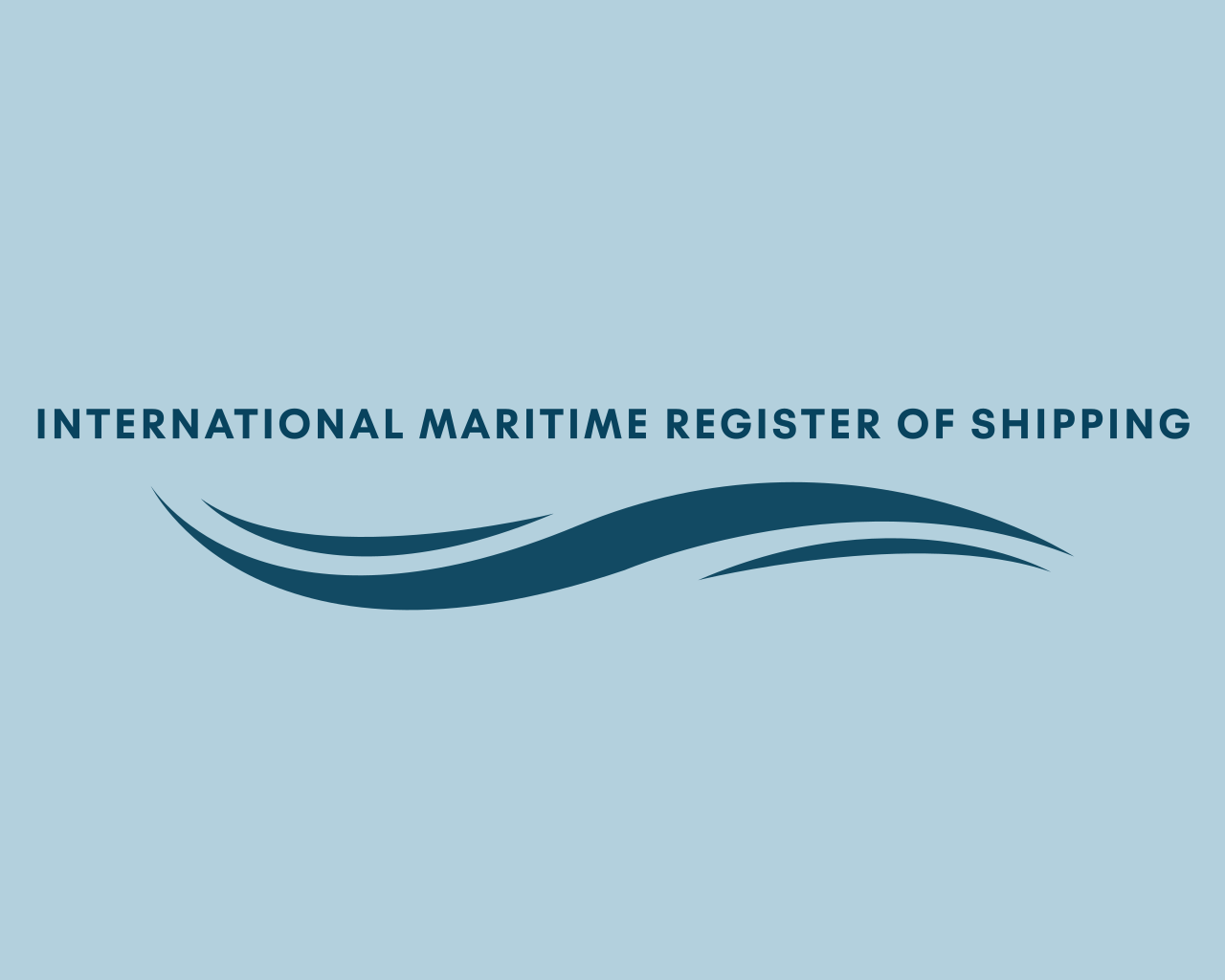International Convention on Load Lines, 1966
Statutory
Introduction: The International Convention on Load Lines, 1966, represents a significant milestone in maritime safety regulations. Aimed at ensuring the seaworthiness of ships by preventing overloading, this convention sets forth standards for marking ships with load lines indicating their maximum allowable draft in various conditions.
Historical Context: In the early 20th century, concerns over ship safety arose due to instances of vessels foundered or capsized due to overloading. To address these issues and establish uniform regulations, the need for an international agreement became apparent. Consequently, the International Maritime Organization (IMO) initiated discussions leading to the drafting of the Load Lines Convention, which was adopted in 1966.
Objectives: The primary objective of the Load Lines Convention is to prevent the excessive loading of ships, thereby ensuring their safety, stability, and seaworthiness. By establishing standards for marking load lines based on a vessel’s size, type, and intended operating conditions, the convention aims to provide a visible indication of a ship’s maximum allowable draft under different circumstances. This helps shipmasters, port authorities, and maritime authorities make informed decisions regarding loading and ensures compliance with safety regulations.
Provisions: The Load Lines Convention lays down specific provisions regarding the placement and design of load line marks on ships’ hulls. These marks, often referred to as Plimsoll lines, indicate the maximum allowable draft in various conditions, such as summer, winter, tropical, and fresh water. The convention also specifies criteria for determining freeboard—the vertical distance between the waterline and the main deck—and outlines exemptions and exceptions for certain types of vessels.
Furthermore, the convention addresses technical requirements for calculating a ship’s freeboard, taking into account factors such as the ship’s length, breadth, depth, and structural characteristics. Additionally, it provides guidelines for conducting surveys and inspections to verify compliance with load line regulations, ensuring that ships adhere to the prescribed standards throughout their operational lifespan.
Significance: The Load Lines Convention holds immense significance for the maritime industry and global shipping operations. Firstly, it enhances safety at sea by preventing overloading, which can compromise a ship’s stability and seaworthiness, leading to accidents, casualties, and environmental disasters. By mandating the marking of load lines, the convention enables shipmasters and authorities to monitor and control vessel loading, mitigating risks and ensuring safer voyages.
Secondly, the convention promotes fair competition and transparency by establishing uniform standards for load lines across different jurisdictions. This consistency eliminates disparities in loading practices and provides a level playing field for shipowners and operators worldwide. Moreover, it facilitates international trade and commerce by instilling confidence in the safety and reliability of vessels, thereby reducing insurance premiums, port delays, and regulatory hurdles.
The International Convention on Load Lines, 1966, came into force on July 21, 1968, so vessel built before this date is Existing ship, and built after this date is New ship
The Convention shall apply to:
- ships registered in countries the Governments of which are Contracting Governments;
- ships registered in territories to which the present Convention is extended under Article 32; and
- unregistered ships flying the flag of a State, the Government of which is a Contracting Government.
- Ships engaged on international voyages.
- The regulations contained in annex I, unless expressly provided otherwise, are applicable to new ships.
- Existing ships which do not fully comply with the requirements of the Regulations contained in Annex I or any part thereof shall meet at least such lesser related requirements as the Administration
applied to ships on international voyages prior to the coming into force of the present Convention; in no case shall such ships be required to increase their freeboards. In order to take advantage of any reduction in freeboard from that previously assigned, existing ships shall comply with all the requirements of the present convention. - The Regulations contained in Annex II are applicable to new and existing ships to which the present Convention applies.
Th convention entities flag states to issue and calculate either directly or through recognized organization
-
International Load Line Certificate:
- The International Load Line Certificate is issued to ships to demonstrate compliance with the Load Line Convention’s requirements regarding ship stability, freeboard, and subdivision. It verifies that the ship’s load line markings indicate the maximum allowable draft under different conditions and that the ship meets stability criteria.
-
International Load Line Exemption Certificate:
- This certificate may be issued to ships that are exempted from certain load line requirements under specific conditions outlined in the convention. It verifies that the ship is eligible for the exemption and has met the necessary criteria.
-
International Load Line Exemption Certificate (1966):
- Similar to the above certificate, this document may be issued to ships that are exempted from certain load line requirements, but it applies specifically to ships constructed before the 1966 version of the Load Line Convention.
-
International Load Line Certificate (1966):
- This certificate may be issued to ships constructed before the 1966 version of the Load Line Convention, verifying compliance with the load line requirements applicable at the time of construction.
-
Load Line Marking Certificate:
- This certificate is issued to verify that the load line markings on the ship’s hull are accurate and comply with the Load Line Convention’s requirements. It confirms that the load lines are properly positioned, clearly visible, and accurately represent the ship’s stability characteristics.
-
Stability Booklet:
- The Stability Booklet contains detailed information on the ship’s stability characteristics, including stability curves, stability criteria, and loading conditions. It provides guidance for the safe loading and operation of the vessel to ensure compliance with load line requirements.
-
Hydrostatic Tables:
- Hydrostatic tables provide data on the ship’s hydrostatic properties, including buoyancy, displacement, draft, and stability parameters. These tables are used to calculate the ship’s stability and trim under various loading conditions
- Freeboard calculations

